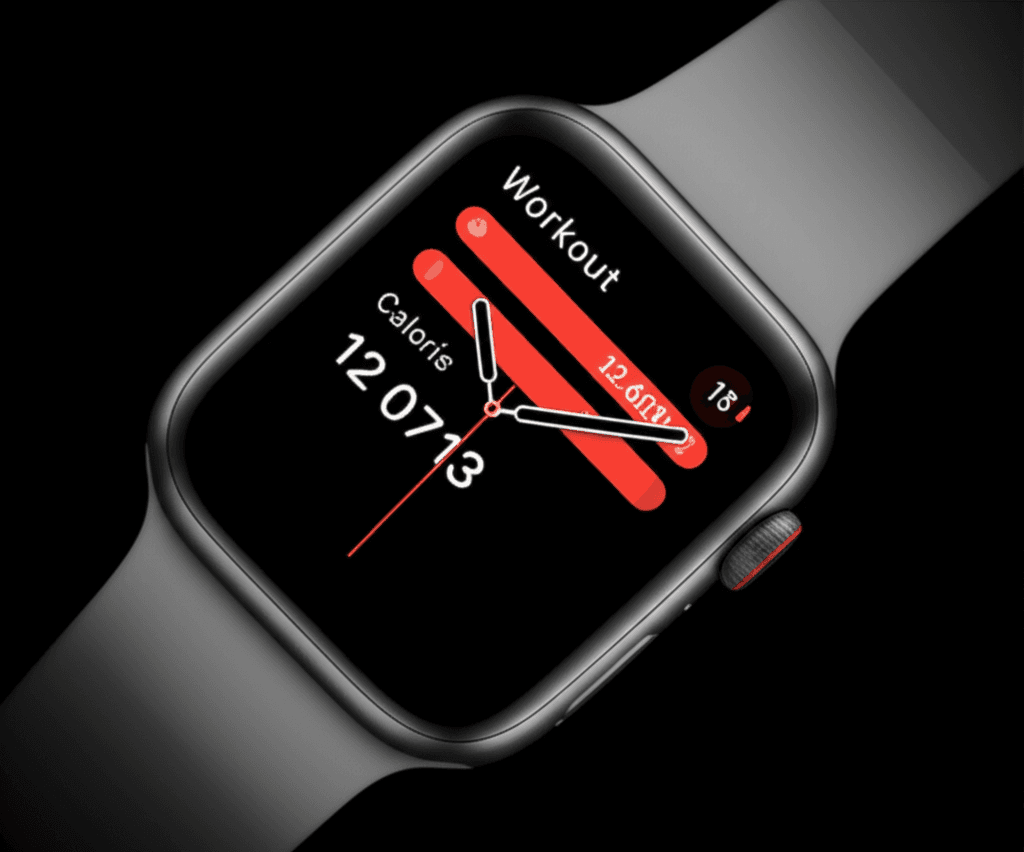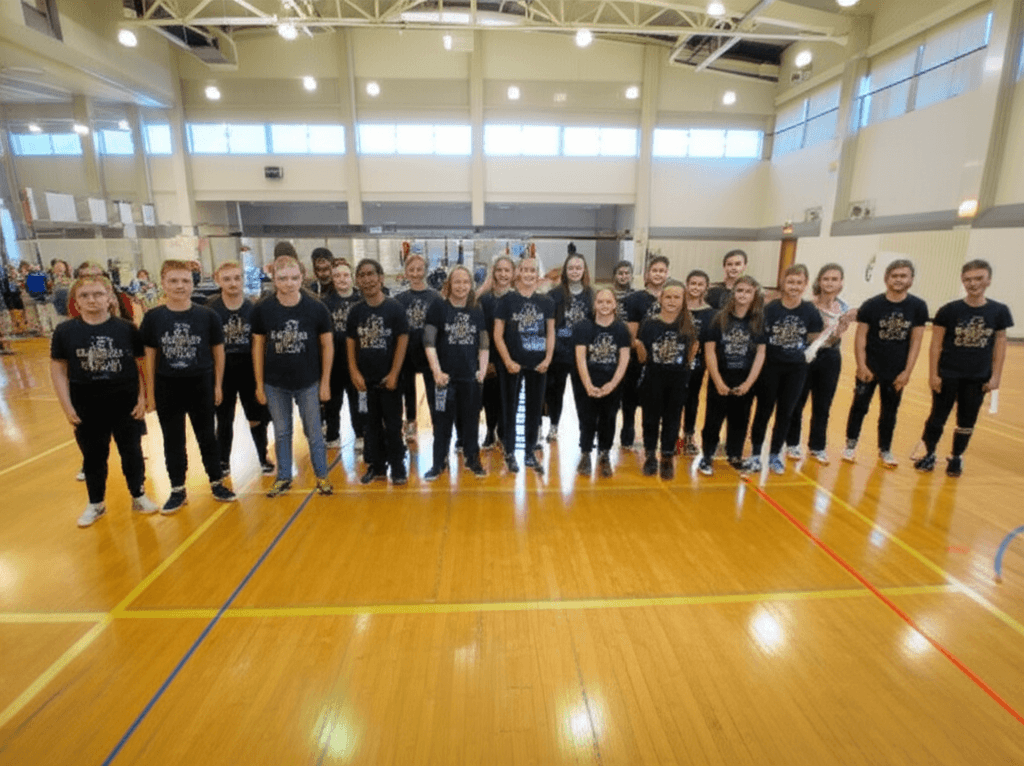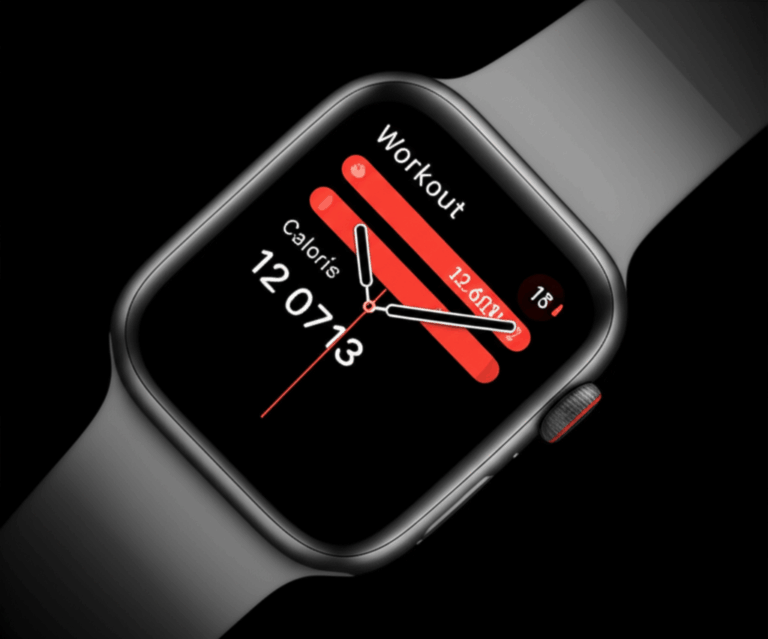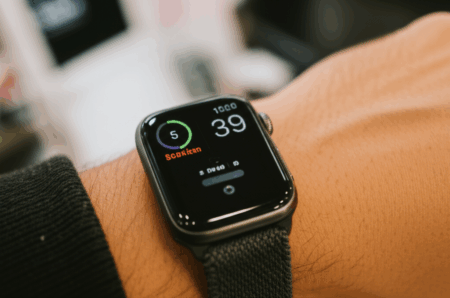Apple’s ambitious foray into health and fitness extends far beyond simply tracking steps. It’s a meticulously crafted strategy, deeply rooted in a holistic vision to empower individuals with actionable insights and foster healthier lives. Through a combination of cutting-edge hardware, intuitive software, and a growing ecosystem of services, the tech giant aims to be a constant companion on every user’s wellness journey. This comprehensive approach, guided by key executives, emphasizes accessibility, data-driven motivation, and a broader vision for preventive health.

The Apple Watch: The Enduring Anchor of Apple’s Fitness Ecosystem
At the core of Apple’s fitness strategy is the Apple Watch, envisioned from its inception as more than a mere timepiece. Jay Blahnik, Apple’s Vice President of Fitness Technologies, emphasizes the Watch’s foundational role. He notes that the device was “designed from the beginning to help with wellness and fitness” and that Apple felt “one of the magical things was that the same device that could help you run a marathon could also be a guardian for your health.”
The iconic Activity rings—Move, Exercise, and Stand—exemplify Apple’s approach to making fitness accessible and motivating. Blahnik explains that this concept arose from asking, “As fitness and activity and trends come and go, what would always be a good recommendation?” The answer: “It came down to sit less, move more, and get some exercise.” These simple, gamified goals encourage consistent daily movement, turning metrics into motivation. Blahnik himself admits, “Like everyone, I’m addicted to closing the rings. I’ll find myself going for that extra walk around the block at 9 p.m. if a ring isn’t closed.”
The Apple Watch continually monitors user movement, enabling a granular breakdown of activity and calorie burn. It is even capable of determining a user’s fitness level over time to more accurately calculate calorie expenditure. Features like Heart Rate Zones, Custom Workouts, and Race Route further enhance the Watch’s utility for diverse fitness enthusiasts.

Expanding Reach: Fitness+ and AirPods Broaden Entry Points
While the Apple Watch remains central, Apple has significantly expanded its fitness ecosystem to reach a wider audience. Apple Fitness+, launched in December 2020, stands as a testament to this expansion. Jay Blahnik notes that the service was developed over a “very, very long time,” not solely in response to the pandemic, and was always envisioned “with Apple Watch at the centre.”
Julz Arney, Apple’s Senior Director of Fitness Technologies and Fitness+, describes Fitness+ as the company’s “biggest expansion of the fitness ecosystem ever.” The service offers a vast library of ultra-high definition fitness and meditation content across 12 different workout types, designed to be inclusive for everyone, regardless of their fitness journey. Eric Charles, Worldwide Product Marketing Manager for Apple Watch and watchOS, highlighted the effort to make the content as “beautiful as any content has ever been created,” particularly in fitness where corners are often cut.
More recently, Apple has extended fitness tracking capabilities to AirPods Pro 3, making fitness a daily practice for even more users. Arney explains that “for the first time, your AirPods don’t just bring that incredible sound quality to your playlist and your podcasts, they track your workouts too.” This innovation allows users to see effort, quantify it, and feel motivated, even without an Apple Watch, by tracking activities like walks as workouts with real-time calories and heart rate data. Charles attributes this rapid development to “over ten years of fitness development” on the Watch, allowing them to adapt existing algorithms for ear-based motion sensing.

The Power of AI and Metrics for Personalized Motivation
Apple’s executives consistently highlight the importance of data and increasingly, artificial intelligence, in driving user motivation. Jay Blahnik’s mantra, “Metrics is motivation,” underscores this philosophy. Seeing tangible progress and having a record of activity is incredibly powerful, and Apple’s devices are designed to provide just that.
With the introduction of tools like “Workout Buddy,” an AI-driven motivational feature, Apple is leveraging technology to analyze a user’s “sweat equity” within the ecosystem. This AI can then provide encouraging feedback, such as “this is your third workout this week,” or “you’ve already closed your activity rings for the last three days in a row,” to reinforce positive habits. Jay Blahnik expressed excitement about the role of AI, stating, “We’re excited about AI and Apple Intelligence’s role in shaping fitness. Small, intelligent nudges – like realistic activity goals or personalised workout recommendations – can have a massive impact on motivation.” These AI-driven insights influence adaptive goal setting, suggested workouts, and reminders to diversify training routines.

A Broader Health Vision: Beyond Traditional Fitness
Apple’s ambitions in health extend beyond physical fitness to encompass a broader vision for overall well-being and proactive health management. Jeff Williams, Apple’s Senior Vice President of Design, Watch, and Health (and former COO), has played a pivotal role in architecting the company’s health strategy. He sees the healthcare industry as “ripe” for change and believes “we’re at an inflection point, with on-device computing, coupled with the potential of AI, to really change the world.”
Dr. Sumbul Desai, Apple’s Vice President of Health, oversees health initiatives including product development, medical research, and partnerships. She highlights features like noise notifications, heart rate monitoring, cardio fitness, and electrocardiograms (ECG) on the Apple Watch, noting their ability to provide early warnings about potential medical problems. Desai emphasizes that the ability to “proactively pick up conditions before it becomes a problem is a really unique capability” because the Watch is worn constantly. Apple’s focus is on “proactive prevention” and empowering users to be at the center of their health.
The Health app on iPhone serves as a central and secure repository for personal health data, allowing users to store and sift through information from Apple devices and other connected health tools. Apple’s commitment to privacy means this data is encrypted, and only users can access it. The company also partners with leading scientific institutions for large-scale medical studies, leveraging the data collected by Apple devices to advance discovery.

Inclusivity and Accessibility at the Core
A recurring theme among Apple executives is the dedication to inclusivity and accessibility in their fitness offerings. Julz Arney stated, “From the very beginning, we’ve cared deeply about creating experiences that are designed to be inclusive to everyone, when it comes to fitness, regardless of where they’re at on their fitness journey and also regardless of what hardware they have with Apple.”
Jay Blahnik echoes this sentiment, explaining that Apple’s approach is to “build great features that meet people where they’re at, and then also inspire them to build healthy habits.” He stresses that “everything we do is welcome and inspiring,” recognizing that “in the space of health and fitness, it can be really intimidating for people.” This philosophy is evident in Fitness+, which offers workouts for all levels, including beginners, and encourages users to try new activities without intimidation.

The Future: Continuous Innovation and Empowerment
Apple’s executives consistently express a long-term commitment to evolving its health and fitness offerings. Jeff Williams noted a “moral responsibility to help people be more active and help them with their health”. Jay Blahnik asserts that as long as there are “great ideas to motivate people,” Apple will “keep pushing on”.
Through constant innovation in hardware like the Apple Watch Ultra, which pushes into endurance and adventure with advanced safety features, and software advancements like AI-driven motivational tools, Apple is continually refining its ecosystem. The strategy is clear: to leverage technology to provide seamless, personalized, and empowering health and fitness experiences that integrate into users’ daily lives, helping them not just track, but truly understand and improve their well-being.







